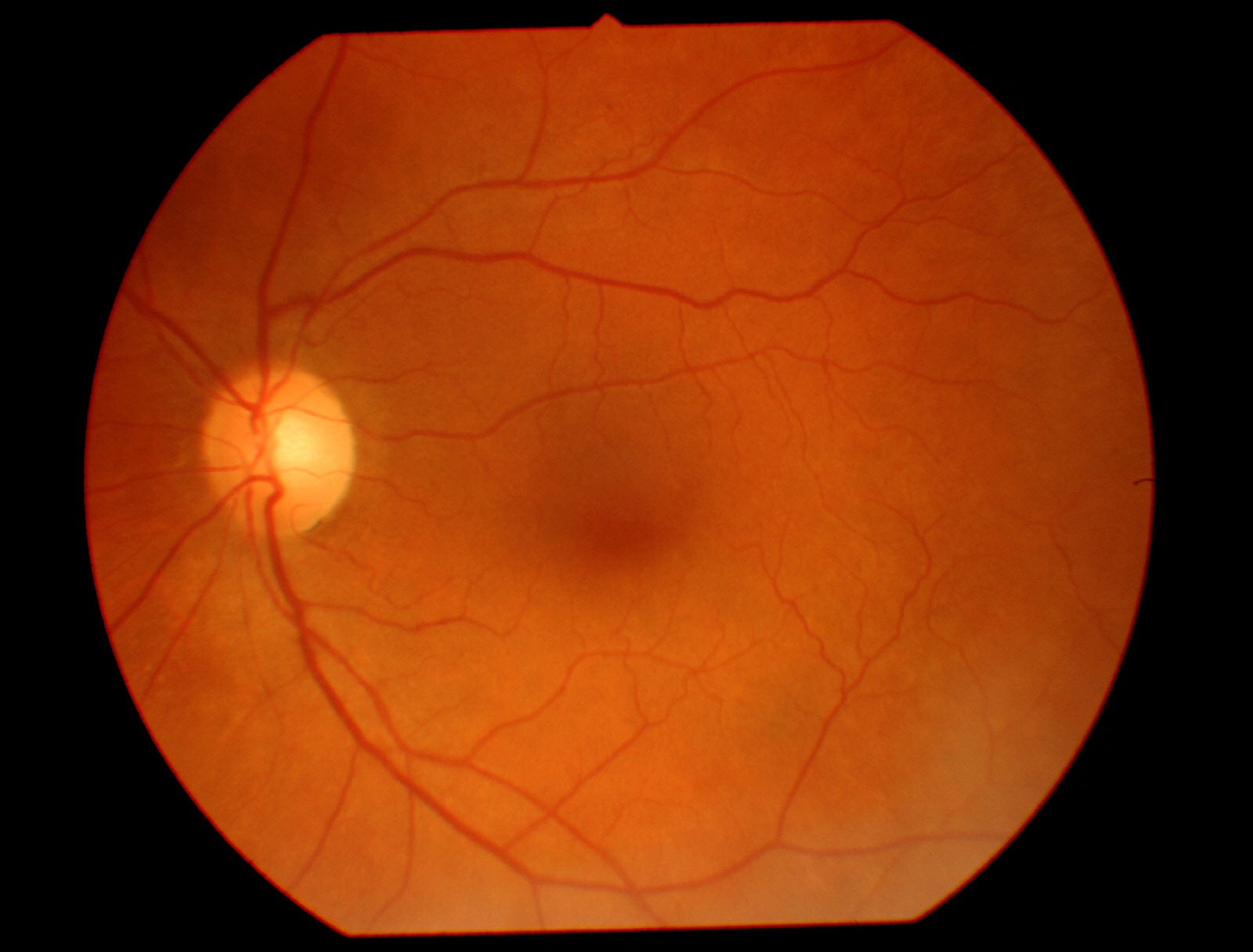From the numerous patients that I have seen over the years that have been diagnosed with glaucoma, a large majority of them did not have any symptoms to suggest they had glaucoma. Glaucoma can go undiagnosed for years unless you have a comprehensive eye exam. The vision loss that occurs as a result of glaucoma is irreversible. This is why glaucoma may be referred to as the sneaky eye disease.
What is glaucoma?
Glaucoma results from an increased pressure in the eyes or as a result of the eye being sensitive to normal pressure in the eyes. This pressure in the eye comes from fluid in the eye called the aqueous humour. The aqueous humour is produced in the eye to nourish the internal structures of the eye. As it is produced, aqueous humour must also drain out of the eye through a mesh like structure known as the trabecular meshwork. Glaucoma occurs due to poor drainage of the aqueous humour, causing an increased pressure in the eyes. This increased pressure pushes on the optic nerve at the back of the eye. The optic nerve consists of a bundle of nerve fibers, which carry information to your brain to interpret what you see. This pressure on the optic nerve causes loss of nerve fibers and irreversible vision loss.
Detecting glaucoma
Regular eye exams with your optometrist can identify very early signs of glaucoma to prevent irreversible vision loss. Testing the intraocular pressure and checking the appearance of the optic nerve helps in this diagnosis. A special scan of the eye, known as an Optical Coherance Tomography (OCT) can identify any thinning of the nerve tissue of the optic nerve with great accuracy. Repeat scanning with the OCT over time can show thinning of the nerve tissue to help in early diagnosis. Careful examination of the front of the eye with a special microscope used by your optometrist can also identify any risk factors that could lead to glaucoma in the future.
It is important to check with family members to see if you have any history of glaucoma as it is a hereditary disease. Other risk factors for developing glaucoma include trauma to the eyes and diabetes. Glaucoma is more common in people over 40 years, but can happen at any age.
Most often, vision loss from glaucoma happens so slowly that a person does not notice that they are losing vision until they have lost a large amount of vision. This is because a small piece of a person’s peripheral vision can be lost in one eye, and the other eye compensates for this loss. Glaucoma often occurs in both eyes but at different rates and in different areas of the peripheral vision in each eye. A special test called a visual field test, which maps out a person’s peripheral vision in each eye independently, can show any early visual field loss.
Glaucoma is often a sneaky eye disease with no obvious symptoms. Early detection is key and this is possible with regular comprehensive eye examinations. Make sure to visit your optometrist to prevent vision loss from glaucoma.



